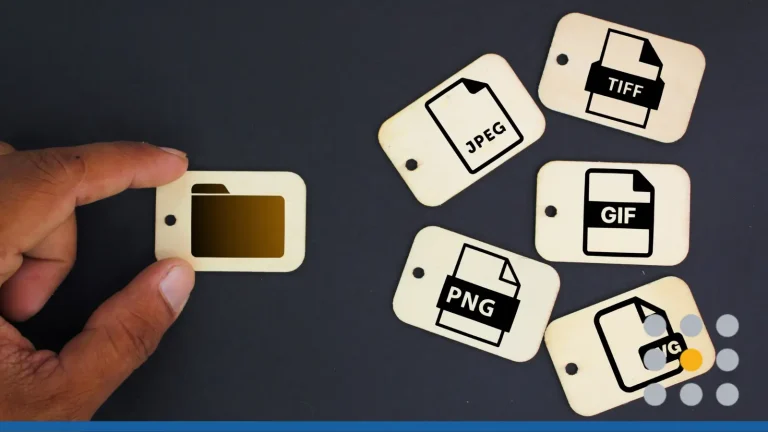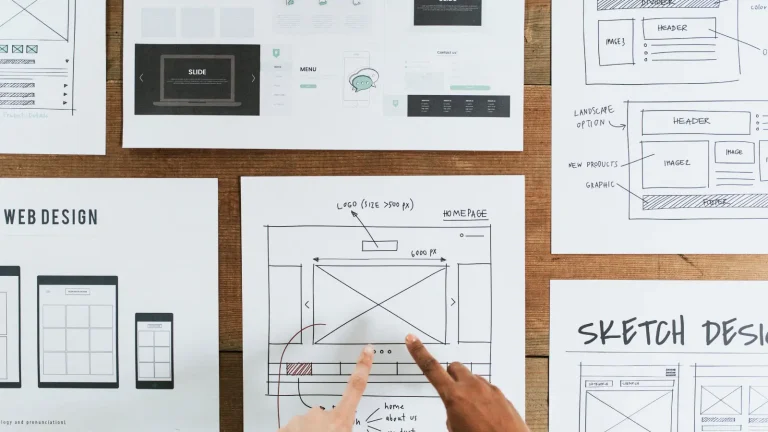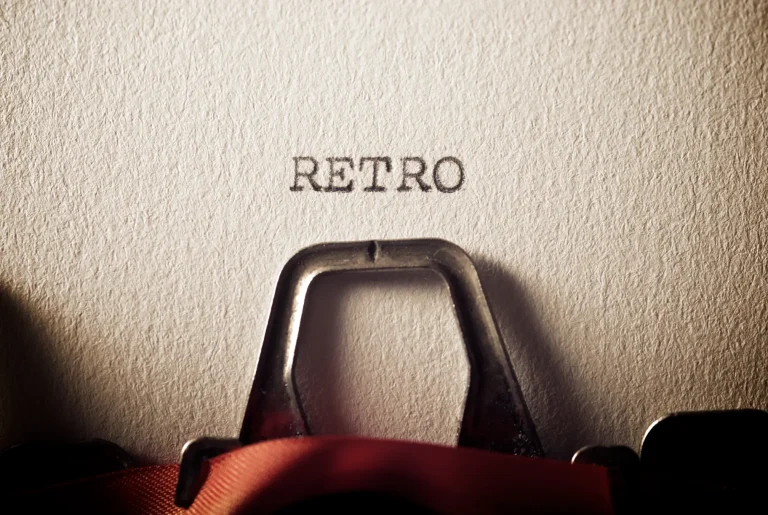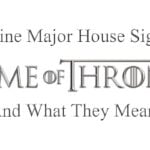No matter how often logo design trends come and go, one style keeps rising back to popularity. Minimalist designs are simple, unique, and high in demand. In fact, many big brands are ditching outdated logos for fresher minimalist designs.

Minimalist logos are found in every industry and fit any type of brand identity. Picture the two-toned NBA silhouette or the elusive Snapchat ghost. What do they have in common? How about the pared-down logos of New Balance and Mozilla?
Using few elements, these eye-catching logos all push the boundaries of creativity.
At first glance, minimalism might seem like an absence of design, but don’t let the name fool you. When done right, minimalist logos stand out as chic and clever. They do away with visual clutter and differentiate a brand for all the right reasons.
Here’s what you need to know to decide if a minimalist logo design is right for your business.
What is minimalism?
Minimalism is a creative approach that involves stripping away embellishments and reducing art to its simplest forms. The style is inspired by the idea that less is more. Yet, you shouldn’t confuse minimalism with being crude or plain.
The point of simplicity is to highlight the bare, unadorned beauty of an art form without relying on shallow elements. The more you remove ornamentation, the more you reveal the ingenuity of design.
Origins of minimalism
Minimalism is by no means a new design trend. Branches of the style exist across visual arts, architecture, music, literature, and interior design. So, how and where did it start?
In the 1960s, artists rebelled against the complex, overwrought work of previous eras. Remember the frenzied strokes and layered splatters popularized by artists like Jackson Pollock?
Abstract expressionism reigned in the 1940s and 50s, overwhelming the eyes with visual chaos. Known as action painting, this spontaneous style was meant to capture a subject’s emotions in the moment.
Many artists believed abstract expressionism was too subjective. While the art might have meaning for the artist who painted it, not everyone could see or connect with these deeper associations. Minimalists didn’t want art to rely on personal or external references to have meaning.
Anyone viewing a piece of art should be able to perceive its message and respond authentically in the moment. The solution? Artists experimented to find out how many visual elements they could remove while still creating raw, striking images.
The modern minimalist movement is just one thread in a long history. Major influences include the Suprematist and De Stijl movements of the early 20th century. Historians also link the style to classic Japanese design that emphasized clean lines and forms.
However it began, one thing is clear about minimalism. The trend tends to reappear when people are collectively bored by overly ornate art. New designers find innovative techniques to reinvent the style and build upon the fundamentals.
Characteristics of minimalist logo designs
Minimalism is naturally suited to logo design. Since you’re working with a tiny canvas, designs lose clarity as you pack in more details. But with the right balance of simplicity and nuance, a logo makes a big statement. Here are common characteristics to help you recognize minimalist logo styles.

Geometric shapes
What could be more back to basics than the fundamental shapes of geometry? Squares, rectangles, circles, and triangles bring balance and proportion to minimalist logos. In fact, a subtle interplay of shapes is often the focal point of a design.
Brands such as Windows, Audi, and Target use uncomplicated layouts that instantly draw your eye. The finished look is clear and orderly while distinct enough to be memorable. You can also use simple shapes to build more complex ones, as long as the overall form is clean and unfussy.

Flat and monoline forms
Flat logos are dominating graphic design these days. For one reason, two-dimensional images are easy to reproduce without any distortion. Instead of fancy graphics, flat logos rely on clever use of space to create a dramatic impact.
Monoline drawings are another branch of this trend, using a few continuous lines for a complete drawing.

Simple color schemes
Minimalist logos can be bright or muted, but color palettes are rarely elaborate. In many cases, white and black are the most prominent colors, especially in wordmarks. A single or two-tone color scheme accompanied by vast areas of black or negative space is common.
Negative space removes distracting elements and encourages you to focus on the most artful aspects of the design. However, some big brands, such as Google Chrome, incorporate more colors in a smart, balanced layout.

Bold, stark typography
Standalone wordmarks take center stage in minimalist. They command attention and emphasize the power and value of the brand name over derivative images. Minimalist words frequently use heavy, bold fonts or slim, lowercase letters. Both styles can result in a sleek, modern aesthetic that feels sophisticated and timeless.
To add visual excitement, many brands tweak sections of a wordmark and use form or color to create an engaging focal point. Designers love to experiment with removing pieces of letters while retaining the legibility of the word.
You can also go in the opposite direction and choose a fanciful hand-drawn wordmark in a signature typeface.

Nuanced imagery
Nuance is at the heart of minimalism. Designers want to create a sense of surprise or wonderment when you look at ultra-simplified art. From a business standpoint, nuance is how you achieve great branding. A nuanced logo is so clever and recognizable that customers never confuse it with another brand.
Look for opportunities to turn familiar shapes into animals, letters, and objects. Think about what pieces of the design you can take away to produce a more inventive image.
Benefits of minimalist logo design
Minimalism is always evolving, but its core elements have remained the same. Clean lines. Elementary shapes. Simple colors. The least possible amount of ornamentation. Why? Simple designs are easier to look at and remember.
Most big-brand logos have become so recognizable that you could strip them down to the bare shapes and colors and still identify them. As you incorporate more elements, logos get harder and harder to recall. Since brand recognition is the ultimate purpose of a logo, overdesigning it is counterproductive.
For small businesses, minimalist logos are also more time- and cost-efficient. Many of these designs have broad staying power and can grow with your business for years to come. Not to mention, they’re less costly to print.
If you’re in the market for a new logo, consider choosing a minimalist style to get the most value for your brand.
Ready for a new logo design? Browse thousands of logos with our free logo maker.






